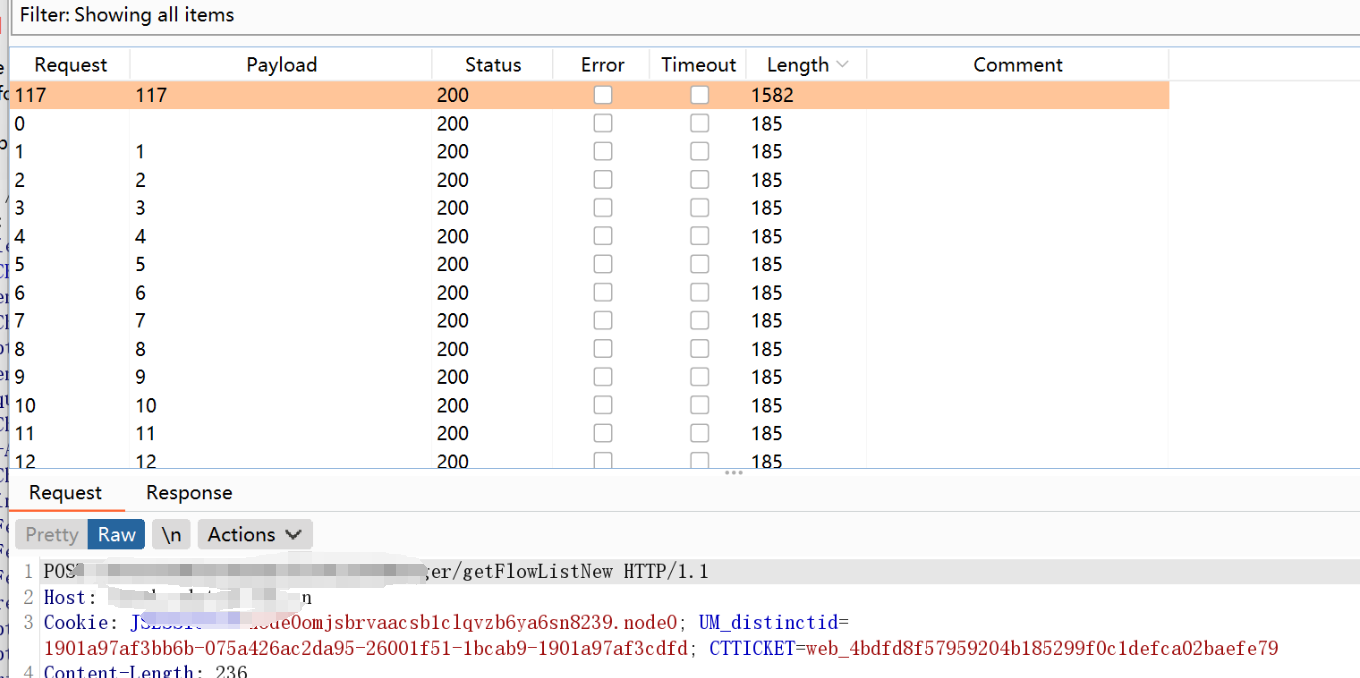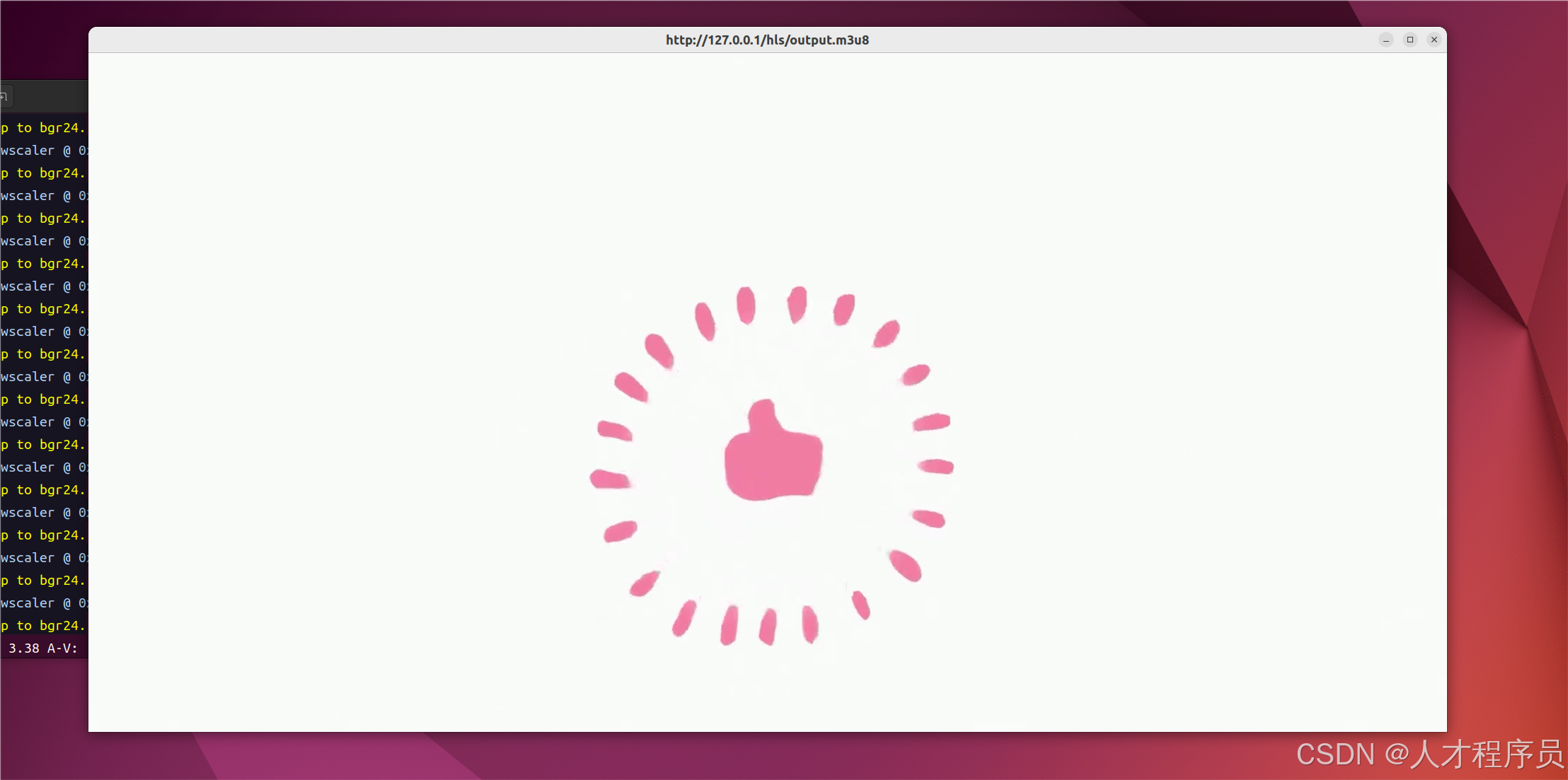一、字符设备驱动内部实现工作原理
二、分布实现字符设备驱动API接口
分配对象:
#include <linux/cdev.h> struct cdev *cdev_alloc(void) 函数功能:分配对象struct cdev *结构体指针 参数:无 返回值: 成功返回struct cdev *结构体指针首地址 失败返回NULL #include <linux/slab.h> void kfree(const void *block)对象初始化:
void cdev_init(struct cdev *cdev, const struct file_operations *fops) 函数功能:对分配成功的struct cdev *结构体指针进行初始化 参数: cdev:分配成功struct cdev *结构体指针首地址 fops:操作方法结构体 返回值: 无静态指定设备号:
int register_chrdev_region(dev_t from, unsigned count, const char *name) 函数功能:静态指定设备号,不可以cat /proc/devices 重复 参数: from:设备号 MAJOR(dev):根据设备号,获取主设备号的值 MINOR(dev):根据设备号,获取次设备号的值 MKDEV(ma,mi):根据主设备号和次设备号,合成设备号 count:设备个数 name:设备名字 返回值: 成功返回0 失败返回-1,置位错误码动态分配设备号:
int alloc_chrdev_region(dev_t *dev, unsigned baseminor, unsigned count, const char *name) 函数功能:动态分配设备号 参数: dev:分配到的设备号 baseminor:次设备号的起始值 count:设备个数 name:设备名字 返回值: 成功返回0 失败返回-1,置位错误码注销设备号:
void unregister_chrdev_region(dev_t from, unsigned count) 函数功能:注销设备号 参数: from:设备号 count:设备个数 返回值:对象注册:
int cdev_add(struct cdev *p, dev_t dev, unsigned count) 函数功能:对象注册 参数: p:分配成功struct cdev *结构体指针首地址 dev:设备号 count:设备个数 返回值: 成功返回0 失败返回-1,置位错误码对象注销:
void cdev_del(struct cdev *p) 函数功能:对象注销 参数: p:分配成功struct cdev *结构体指针首地址 返回值:无
三、编写代码
#include <linux/init.h>
#include <linux/module.h>
#include <linux/cdev.h>
#include <linux/device.h>
#include <linux/slab.h>
#include <linux/fs.h>
#define CNAME "myled"
struct cdev *cdev;
#if 0
unsigned int major = 500; //静态指定设备号
#else
unsigned int major = 0; //动态分配设备号
#endif
unsigned int count = 3;
unsigned int minor = 0;
struct class* cls;
struct device* device;
int myled_open(struct inode *inode, struct file *file)
{
printk("%s:%s:%d\n",__FILE__,__func__,__LINE__);
return 0;
}
ssize_t myled_read(struct file *file, char __user *ubuf, size_t size, loff_t *loff)
{
printk("%s:%s:%d\n",__FILE__,__func__,__LINE__);
return 0;
}
ssize_t myled_write(struct file *file, const char __user *ubuf, size_t size, loff_t *loff)
{
printk("%s:%s:%d\n",__FILE__,__func__,__LINE__);
return 0;
}
int myled_close(struct inode *inode, struct file *file)
{
printk("%s:%s:%d\n",__FILE__,__func__,__LINE__);
return 0;
}
//操作方法结构体
const struct file_operations fops = {
.open = myled_open,
.read = myled_read,
.write = myled_write,
.release = myled_close,
};
//入口
static int __init demo_init(void)
{
int ret;
dev_t devno;
int i = 0;
//分配对象
cdev = cdev_alloc();
if(cdev == NULL){
printk("cdev alloc is error\n");
ret = -EIO;
goto ERR1;
}
//对象初始化
cdev_init(cdev,&fops);
if(major > 0)
{
//静态指定设备号
ret = register_chrdev_region(MKDEV(major,minor), count, CNAME);
if(ret){
printk("register chrdev region is error\n");
ret = -EIO;
goto ERR2;
}
}else{ //动态指定设备号
ret = alloc_chrdev_region(&devno, 0, count,CNAME);
if(ret){
printk("alloc chrdev region is error\n");
ret = -EIO;
goto ERR2;
}
major = MAJOR(devno);//根据设备号,获取主设备号的值
minor = MINOR(devno);//根据设备号,获取次设备号的值
}
//对象注册
ret = cdev_add(cdev,MKDEV(major,minor),count);
if(ret){
printk("dev add is error\n");
ret = -EIO;
goto ERR3;
}
//三盏灯,自动创建三个设备节点 /dev/myled0 /dev/myled1 /dev/myled2
cls = class_create(THIS_MODULE, CNAME); //向上层提交目录信息
if(IS_ERR(cls))
{
printk("class create is error\n");
ret = EIO;
goto ERR4;
}
for(i=0;i<count;i++) //向上层提交设备节点信息
{
device = device_create(cls, NULL, MKDEV(major,i),NULL, "myled%d", i);
if(IS_ERR(device))
{
printk("device create is error\n");
ret = EIO;
goto ERR5;
}
}
return 0; //!!!!!!!!!!!!!!!一定不能省略!!!!!!!!!!!!!!!
ERR5:
//如果第一个设备节点和第二个设备节点创建成功,第三个设备节点创建失败,取消向上层提交第一个和第二个设备节点信息
for(--i;i>=0;i--)
{
device_destroy(cls, MKDEV(major,i)); //取消向上层提交设备节点信息
}
class_destroy(cls); //取消向上层提交目录信息
ERR4:
cdev_del(cdev); //对象注销
ERR3:
unregister_chrdev_region(MKDEV(major,minor), count); //注销设备号
ERR2:
kfree(cdev); //释放结构体指针
ERR1:
return ret;
}
//出口
static void __exit demo_exit(void)
{
int i = 0;
for(i=0;i<count;i++)
{
device_destroy(cls, MKDEV(major,i)); //取消向上层提交设备节点信息
}
class_destroy(cls); //取消向上层提交目录信息
cdev_del(cdev); //对象注销
unregister_chrdev_region(MKDEV(major,minor), count); //注销设备号
kfree(cdev); //释放结构体指针
}
module_init(demo_init); //指定入口地址
module_exit(demo_exit); //指定出口地址
MODULE_LICENSE("GPL");//许可证

















